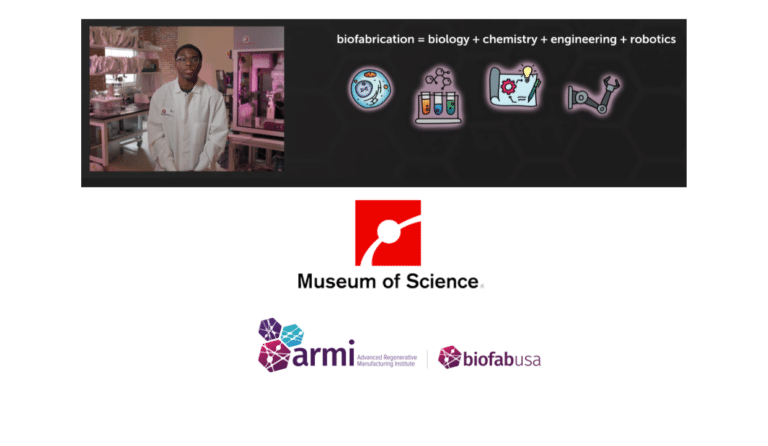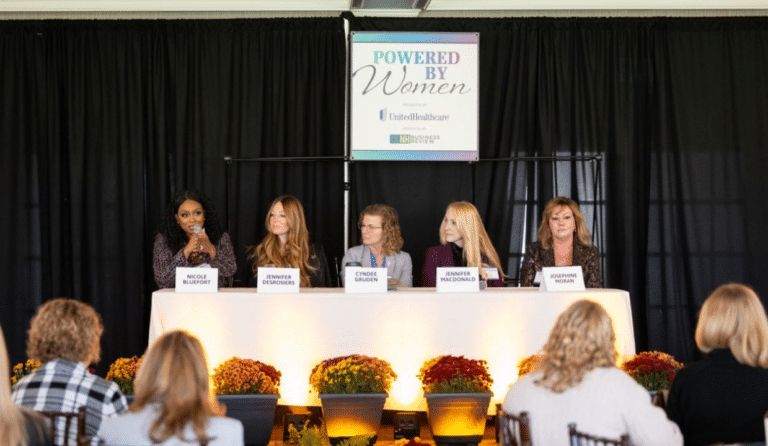One area that you’ve probably heard discussed repeatedly at ARMI summits is the value of standards. The development of standards is a foundational framework necessary to support the innovative growth of any budding industry. Standards enable interdisciplinary groups to compare their efforts, collaborate, and build upon each other’s work in a pre-competitive manner. They provide wisdom accumulated from the combined experience of experts involved in drafting the standard, which reduces the consumption of time, costs, and other resources by subsequent product developers through the citation of issues to be aware of during the creation of the next generative of innovative products.
ARMI | BioFabUSA is currently working with a BioFabUSA member, the Standards Coordinating Body (SCB), on a huge undertaking for the entire tissue-engineering and regenerative medicine industry – evaluating and updating terminology relevant to the Tissue-Engineered Medical Product community. As many of you may have experienced, a major challenge with building a robust tissue engineering ecosystem is ensuring clear communication pathways across interdisciplinary teams. From industrial engineers to biomedical scientists and clinicians, teams need to be able to discuss problems and propose solutions openly and easily. With the multitude of complexities involved in collaborative work and the manufacture of live tissues, we can’t, as a field, let communication be a barrier to the growth of the industry.
SCB, with the support of ARMI, has pulled together a working group that is tasked with the revision of the ASTM Standard F2312-11 “Standard Terminology Relating to Tissue Engineered Medical Products”. According to SCB’s Scientific Program Manager, Katie Zander, “this indispensable document that standardizes communications across related bio-sectors has not been updated since 2011. Many essential terms that have increased in use and significance to the field in the past decade have yet to be added to the standard, and others should be modified to reflect their current usage.”
To initiate this effort, we were able to turn to other members’ work as we collated definitions from a variety of sources. These sources including: ASME’s Alliance of Advanced BioMedical Engineering (AAMBE) BioLexicon; ASME’s Bioprinter Hardware Standard Working Group; ASME’s Tissue Material Property and Lexicon Working Group; ASTM’s Terminology Dictionary of Engineering Science and Technology; and the Definitions of Biomaterials for the Twenty-First Century. From these sources and others, 308 pertinent terms and definitions have been identified and catalogued for review and revision. Some new terms will be considered for addition to the standard, and some obsolete terms that are no longer valuable to the TEMPs community will be considered for removal. These terms have been separated into seven subgroups according to their use within the community:
-
Biomaterials/Raw Materials
-
Clinical Applications of TEMPs (big need for more folks in this group)
-
Tissue Engineering
-
Cell Therapies & Gene Therapies
-
Bioprinting/Biofabrication
-
Biomanufacturing
-
Classification of Cellular and/or Tissue based Products (CTPs) for Skin Wounds
This is where the Tissue Engineering industry needs your help to develop a robust and productive standard guide! We are actively looking for subject matter experts who are willing to participate in one or more of the Lexicon subgroups. These groups will soon be meeting one or more times a month to define at least six terms, but the group may alter or delete more within that time period. Participation in this effort, and other related TEMPs standards, by ARMI | BioFabUSA members constitutes cost share and can be invoiced quarterly for membership credit. If you are interested in getting involved please email Lexi Garcia (Lgarcia@www.armiusa.org) or Katrina Wells (Kwells@www.armiusa.org).






